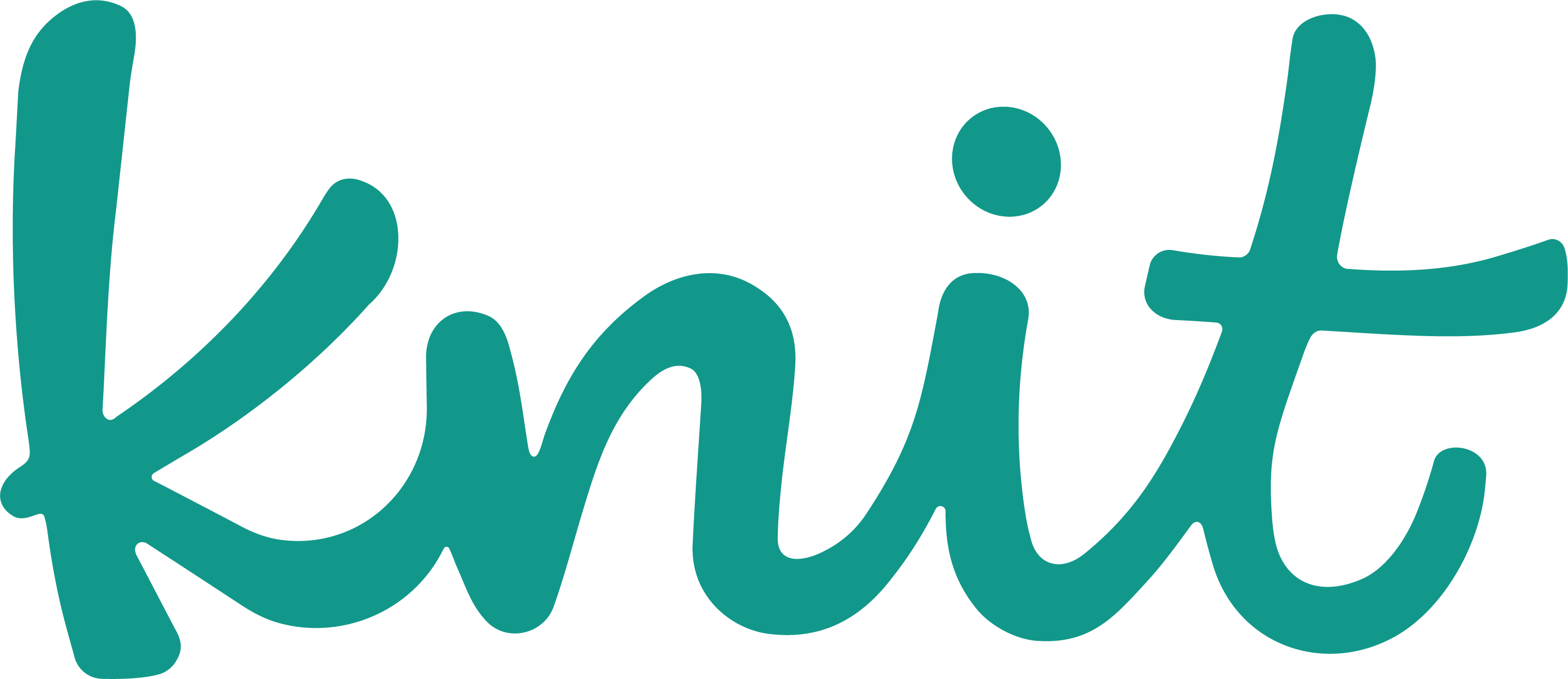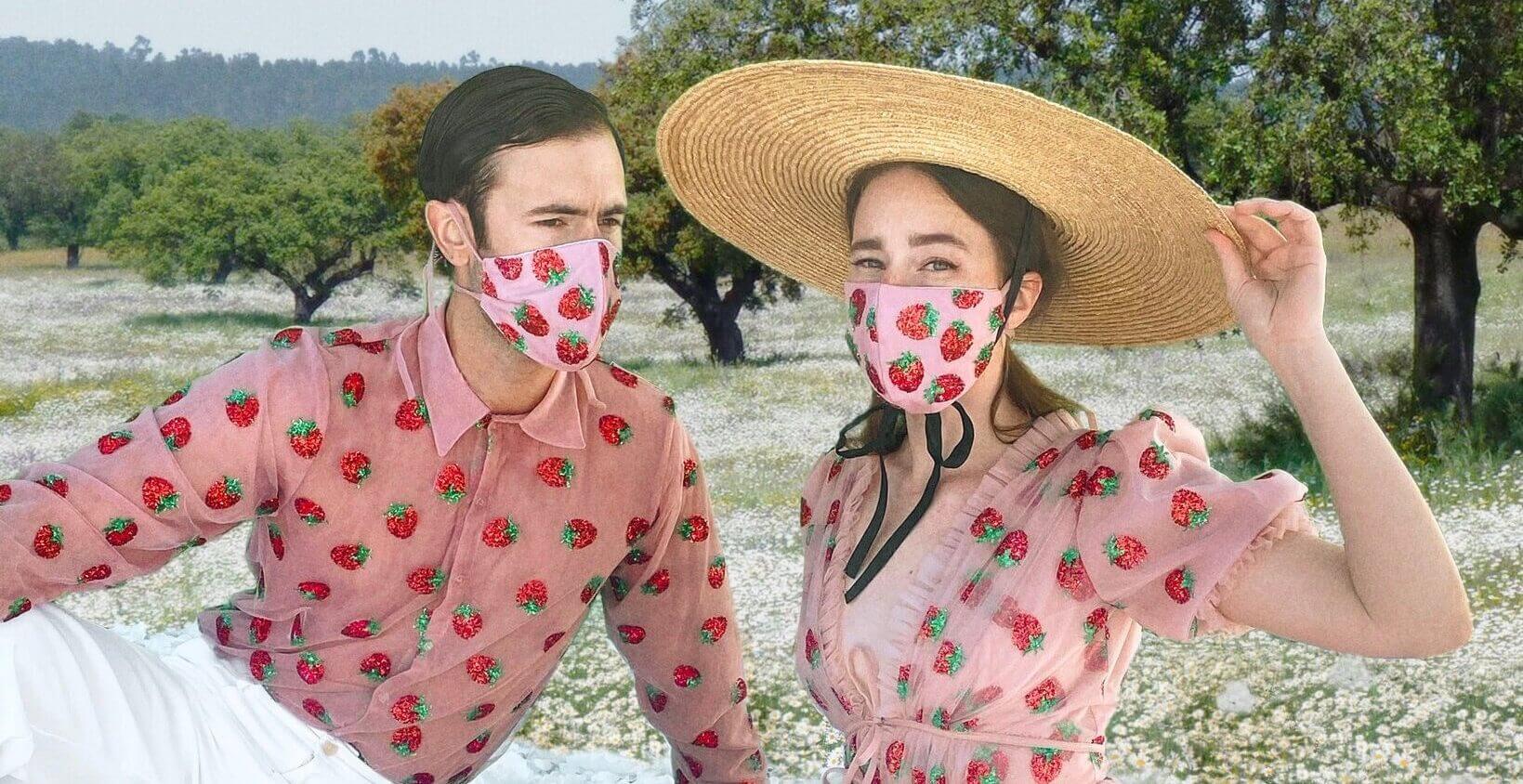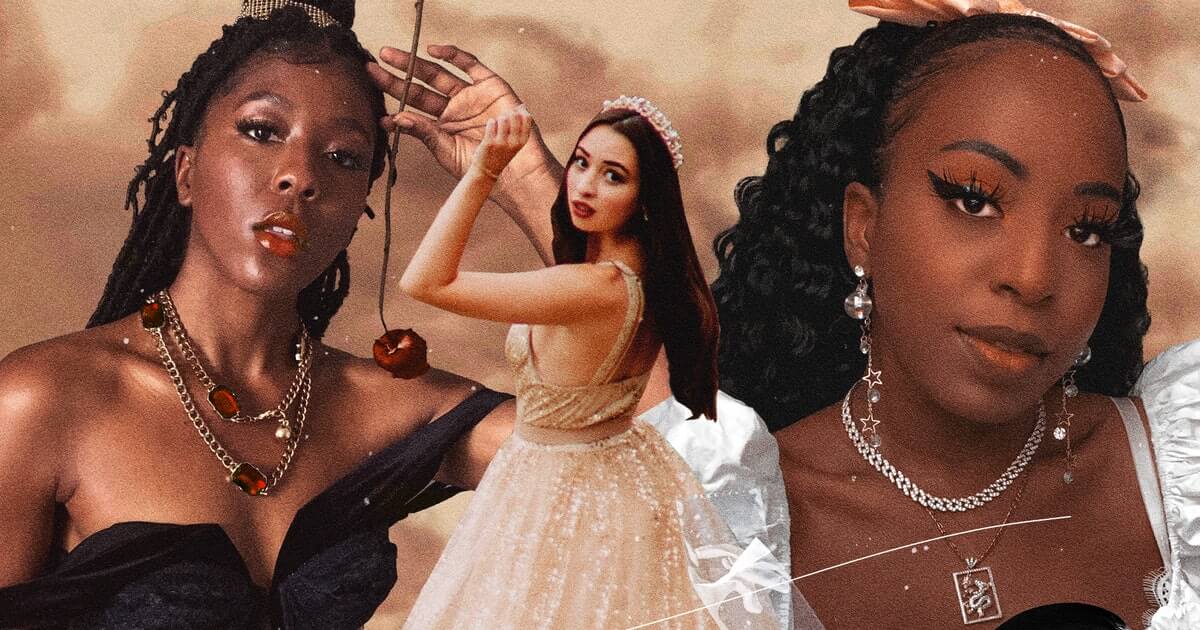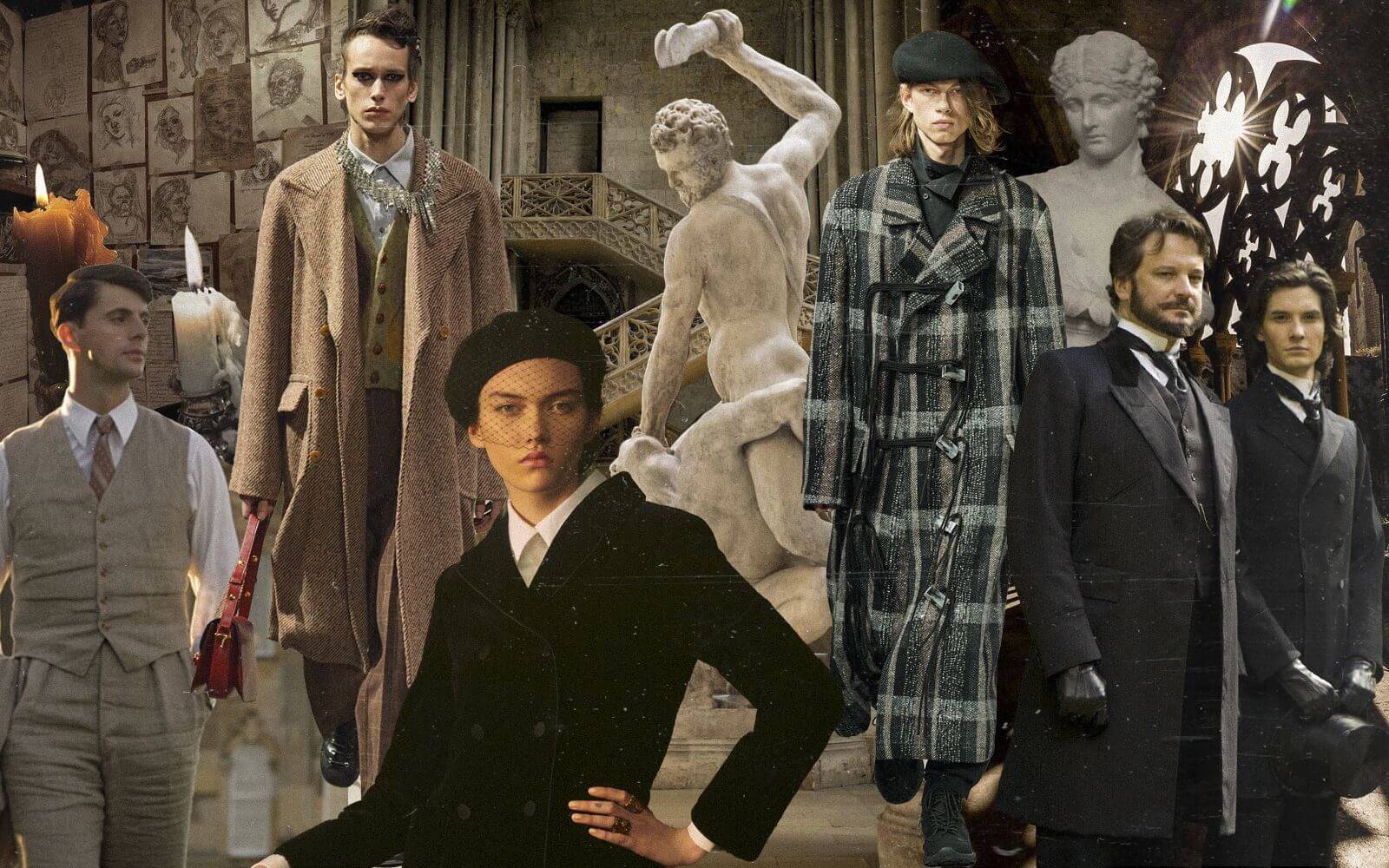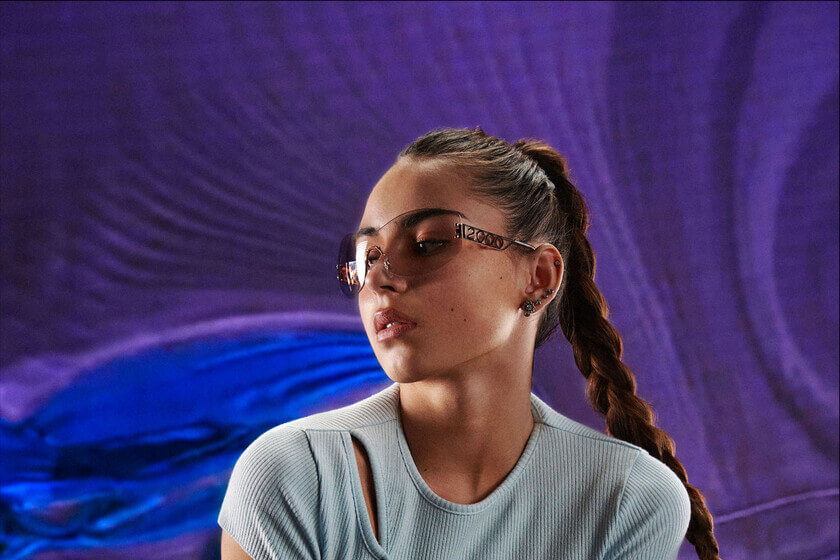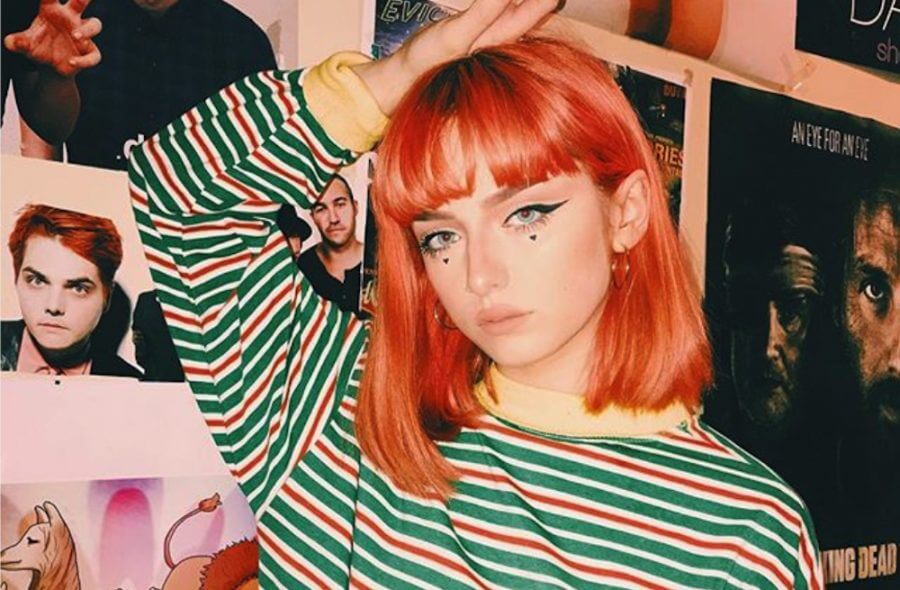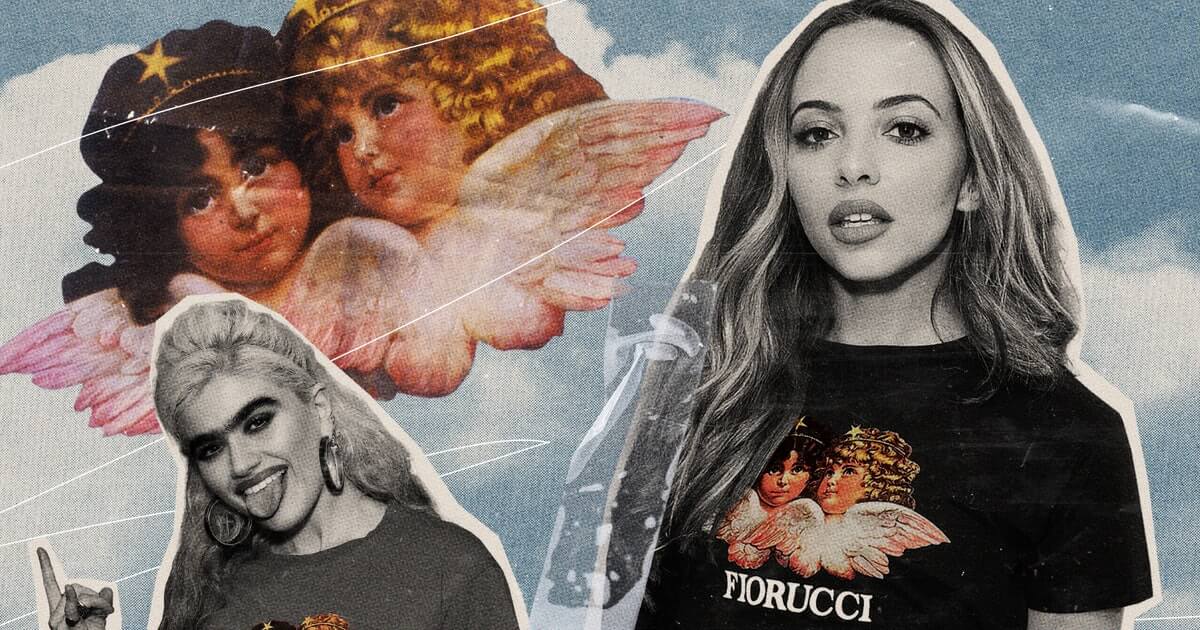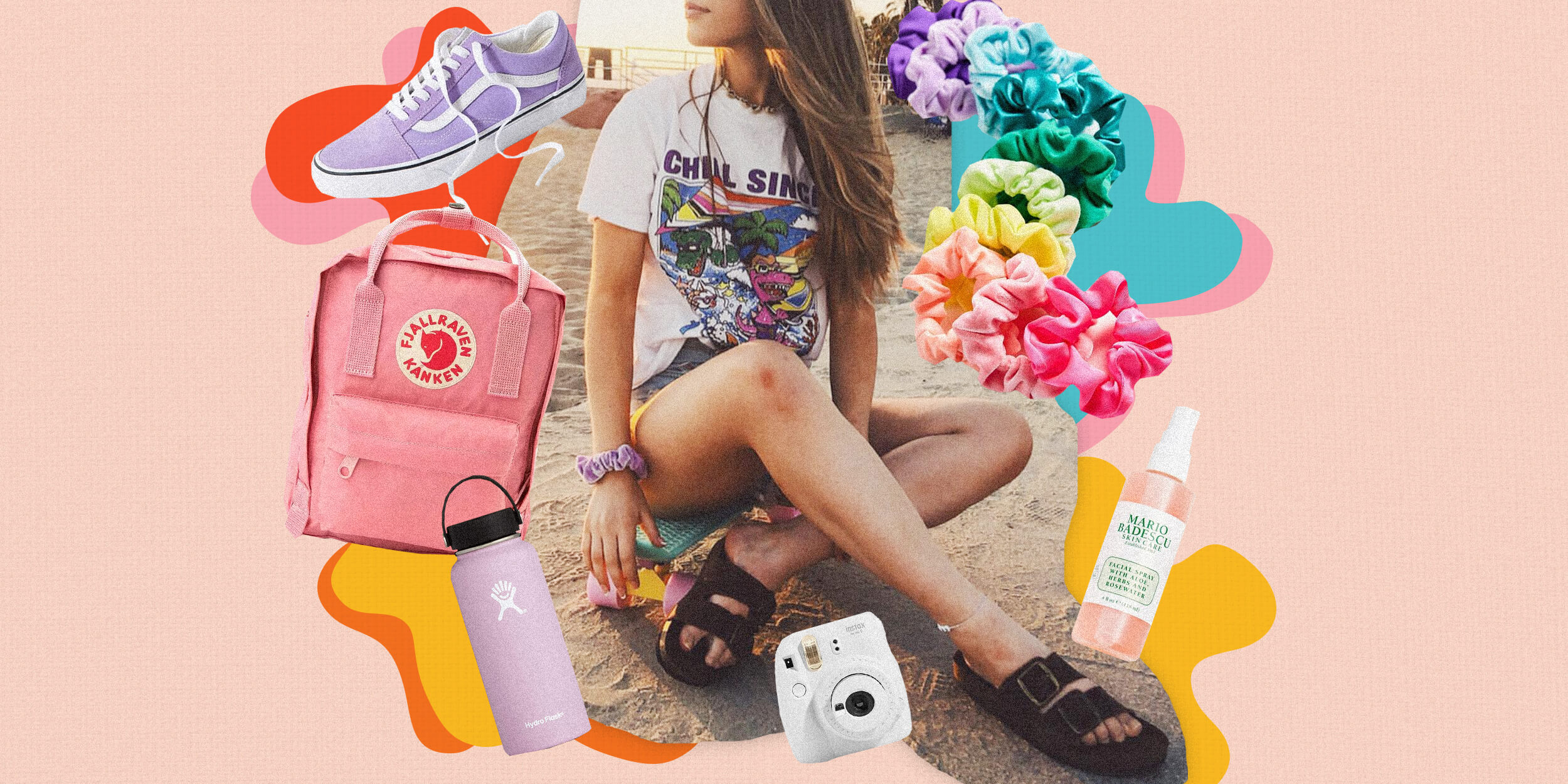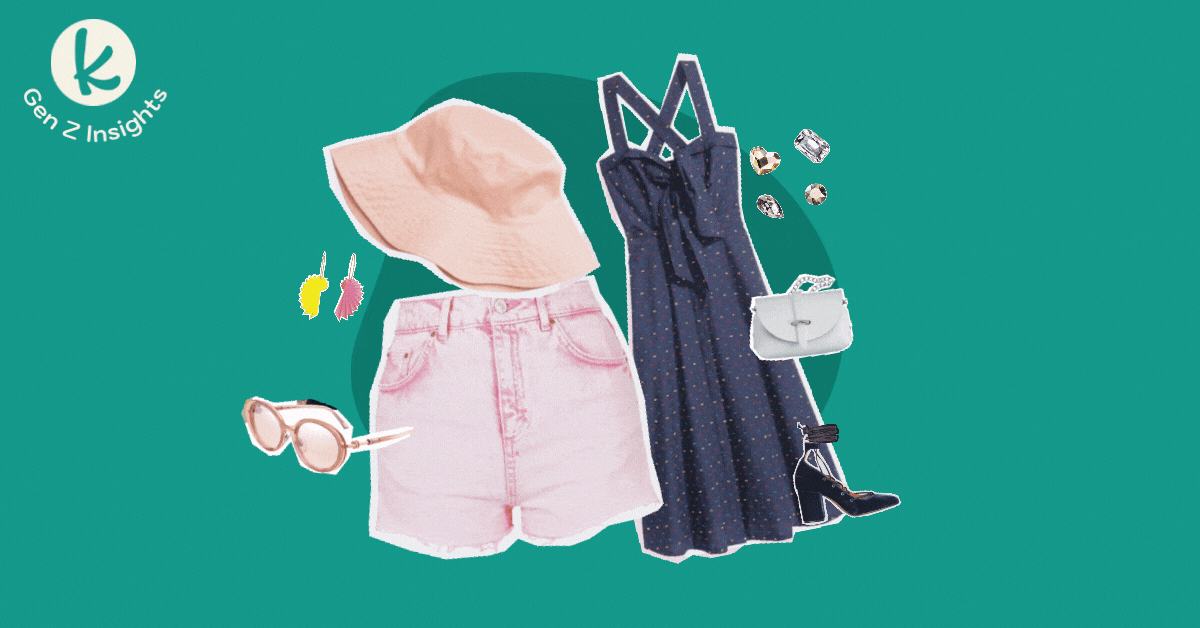
A Guide to Gen-Z Fashion Aesthetics
Why does this matter? Gen-Z is now the largest generation in the world. And these aesthetics, covering fashion, music, design, and more are definitely trending. In fact, each of the main gen-Z aesthetics surpassed five million annual views on YouTube by 2021, accounting for over a billion views total. And those aesthetics help determine where Gen-Z is spending. Especially on wear. According to Piper Sandler, Gen-Z spent $350 Billion on clothing in 2021, making up 22% of their total budget.
But it’s not just about throwbacks. To truly get Gen-Z aesthetics, you need to dive into some “core” ideals.
Cottagecore – really old is really in
Royalcore – Who Doesn’t Want to be a Princess?
Dark Academia – Brood about School
Y2K – It’s Back
Fairycore Grunge – Escape Humanity Altogether
Coconut Girl – Kick Back on the Beach
E-Girl and E-Boy – The Hotties Online
Angelcore – Girls in the Clouds
VSCO Girls – Valley Girls who Love the Turtles
Simple, beachy, and preppy, with lots of throwback are all key. It begins with a starter pack: a wrist scrunchie, an oversized shirt, a signature accessory, and reusable straws. Yeah, the straws are big. Oversized tops, and small bottoms. Birkenstocks and Hydroflasks. And lots of selfies at the beach. VSCO girls often wear identical brands to each other and even try to emulate each other’s mannerisms. VSCO guys exist too, usually in Vans, Nikes, and Vineyard Vines shirts. Arguably a modern version of the ’90s Valley Girls, the VSCO girls are uniform in style, but also one of the most environmentally conscious and sustainability-minded aesthetics. This includes Pura Vida bracelets, Fjällräven Kånken backpacks, and a lot of talk about saving the turtles.

Subscribe for industry insights delivered weekly.
Get all the Knit News you need with access to our free newsletter to stay a step ahead on the latest trends driving the industries of tomorrow.
